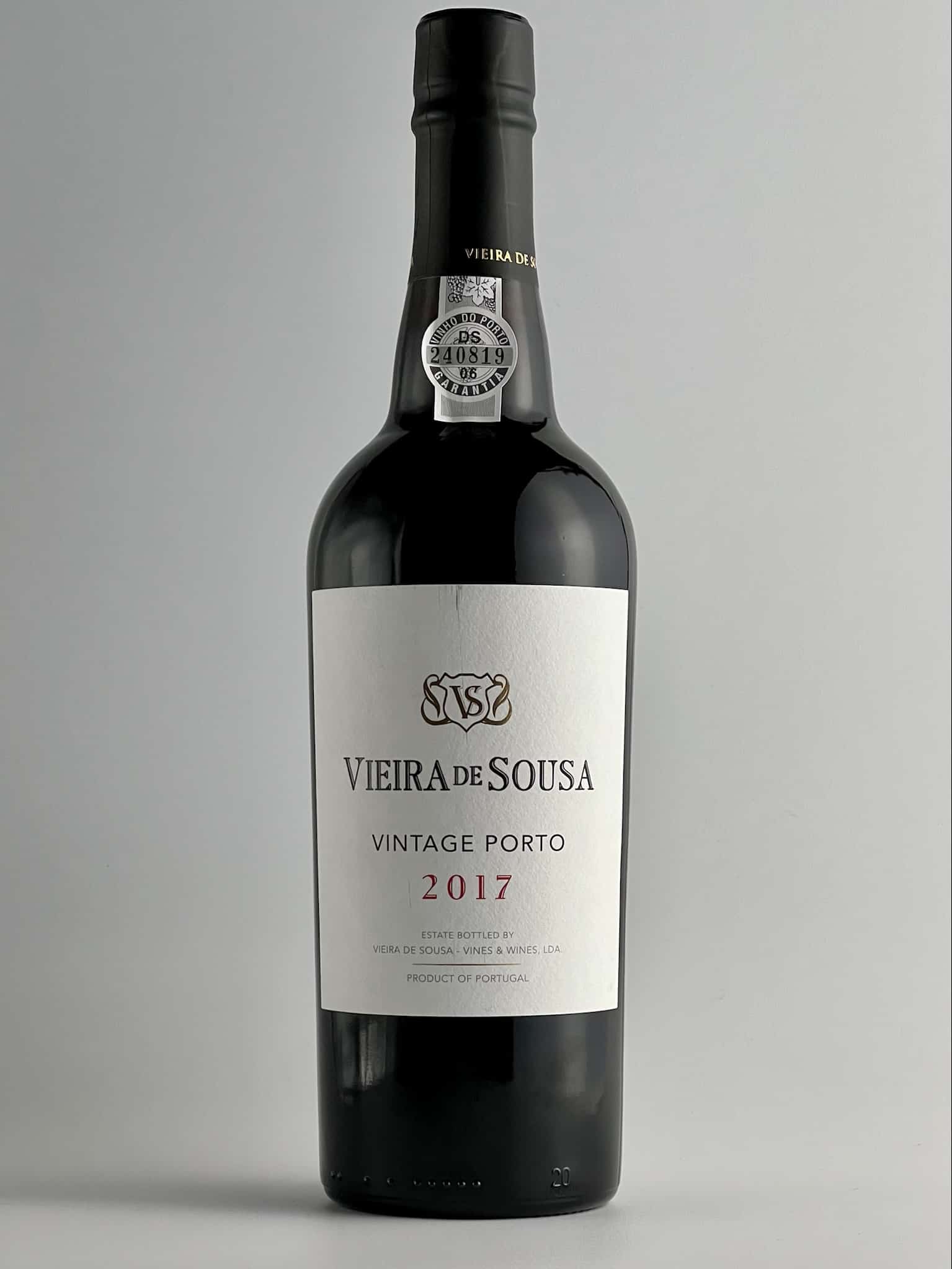
Caitlin McCoy
CRUSHING THE GRAPES
Port wine is one of the few types of wine in the world that continues to use ‘foot treading’ to crush its grapes. ‘Foot treading’ is exactly what it sounds like – using one’s feet to crush the grapes after harvest. The term may conjure up memories of an “I Love Lucy” mishap, but the real-life process is much more serious.
After a full day of handpicking, workers deposit the grapes into large stone lagars. These concrete troughs stand about two feet high, have sloping sides, and are large enough to hold a day’s harvest and about a dozen field workers. After washing and sanitizing their feet, the workers step into the knee-deep grape pit. They link arms and begin to methodically stomp the grapes. This first stage of the treading is somber and difficult work. The workers march in unison to a slow beat to ensure that the grapes are crushed uniformly. After about two hours of this rhythmic stomping, the mood lightens, and movement becomes more liberated. Known as the liberdade (literal translation is ‘freedom’), this is the point in the night when musicians arrive. The militaristic march transforms into a dance party that continues for several more hours.
The human foot is remarkably well suited for grape crushing. It is strong enough to break the grape skin and fruit. But it is gentle enough that it will not damage the pips (i.e., seeds) within. If you’ve ever bitten into a grapeseed, you know that it’s quite bitter. Keeping the pips intact means that those bitter flavors stay out of the wine. Some producers who use foot treading extol its slow process as well, since it allows more time for the color to be extracted from the grape.
Mechanized crushers were introduced in the 1970s and are used by many of the larger Port houses, especially for their entry-level Ports.
FIELD BLENDING
Portugal is home to hundreds of indigenous grape varieties not grown elsewhere in the world. Nearly all Portuguese wine is a blend, and Port is no exception.
Most blended wines are made from grapes that are grown, harvested, and fermented separately, then blended to create the final product. However, some producers use the traditional ‘field blending’ method. In this practice, multiple varieties are interplanted throughout the vineyard. They are picked all at the same time and mixed in the field. In this method, it’s impossible to know exactly what proportions of grapes are in the blend. Port labels often list the grape varieties used, but not their specific percentages.
Try our wine club subscription! Enjoy handpicked bottles from a different country every month.
1304 W Alturas St
Boise, ID 83702
(208) 385-0250
Open Tuesday – Saturday
11 a.m. – 9 p.m.
info@buywinenow.com